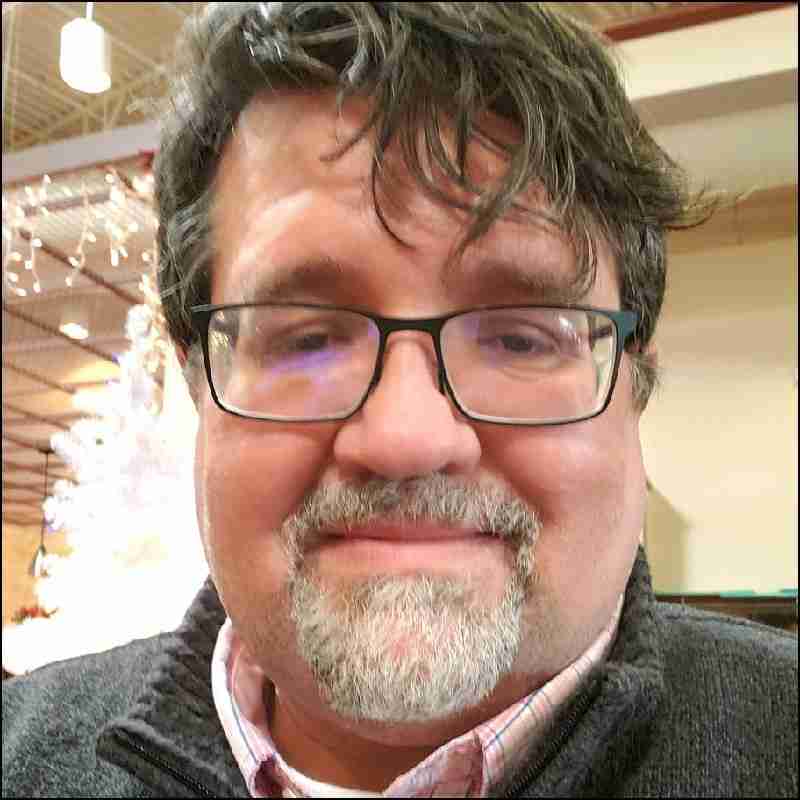
Biotech Workforce Development Task Force Eyes Potential Engagement of Younger Talent Pool
Update: The task force is currently soliciting input from the life sciences community on potential solutions. Centered around the theme of actively engaging talent at all levels of education, training, and experience, the task force has developed a short questionnaire that will inform future efforts. Everyone is welcome to respond – if you think about connecting people and industry together – the task force wants to hear from you! Responses are accepted until March 26.
Within the next five years, there are expected to be hundreds or thousands of positions opening in the Maryland life sciences ecosystem. And that number is likely to continue to grow. In order to ensure an abundance of available talent, introducing teens to career opportunities in the biopharmaceutical industry may be necessary.
Over the past several months, the Workforce Development Task Force commissioned by Maryland’s Life Sciences Advisory Board (LSAB) and the Maryland Tech Council has examined the state’s available talent pool and discussed ways of connecting them to existing and expected job opportunities.
A final report has yet to be issued, but some preliminary findings shared during this quarter’s LSAB meeting suggest that Maryland’s life sciences industry is not doing enough to connect with future talent that will ensure a steady supply of employees. Brian Stamper, Director of Manufacturing at Kite Pharma and a task force co-chair, suggested new measures could be taken to actively engage future talent early and often to meet the surge in demand.
The task force’s findings show that the current industry hiring culture is skewed heavily for those with a minimum of a four-year degree, with Master’s being most prevalent in research and development.
Joe Sanchez, a co-chair of the task force and Director of North America R&D Science Engagement at AstraZeneca, added that life science employers in Maryland may soon have to begin to look toward those who have two-year degrees or even no degrees to fill out the ranks. Stamper said it is anticipated there will be an increase in demand for employees who have some experience in the field but no degree, or those with a bachelor’s degree and no experience.
Drawing new blood into the industry will be necessary. Sanchez said the skills needed in the life sciences industry are also in demand in other fields, such as automotive manufacturing, information technology, etc. Competition is critical and healthy for the life sciences ecosystem such as Maryland’s. He said it will be important for industry stakeholders to deliberately engage diverse talent and “deliver a clear value proposition of career opportunities at all career levels.”
And that will mean showcasing the many opportunities of the life sciences industries to children as young as middle school age. Not everyone will grow up to become a practicing physician. Still, there are countless pathways to lucrative careers within the biopharmaceutical industry. The industry will need communicators, writers, policy-makers, educators, maintenance employees, accountants, and more.
“There’s so much opportunity with this industry that young people are just not aware,” Sanchez said.
Dr. Jay Perman, the chairman of LSAB and Chancellor of the University System of Maryland, said it is important to target middle school students because that age group is receptive to different career opportunities. Perman said if you wait to reach young people in high school and college, it may be too late for the life sciences community.
Sanchez agreed. He said there is a need to stimulate stronger interest in science and technology within Maryland’s youth. One way to do this is through mentorships that can provide young people with guidance and help steer them through the industry’s various opportunities.
The task force will continue its work to seize the opportunity of connecting local talent to meet local demand and is hoping to engage the Maryland life sciences ecosystem at large in this effort.
Click Below to Participate in the Workforce Development Task Force Questionnaire






